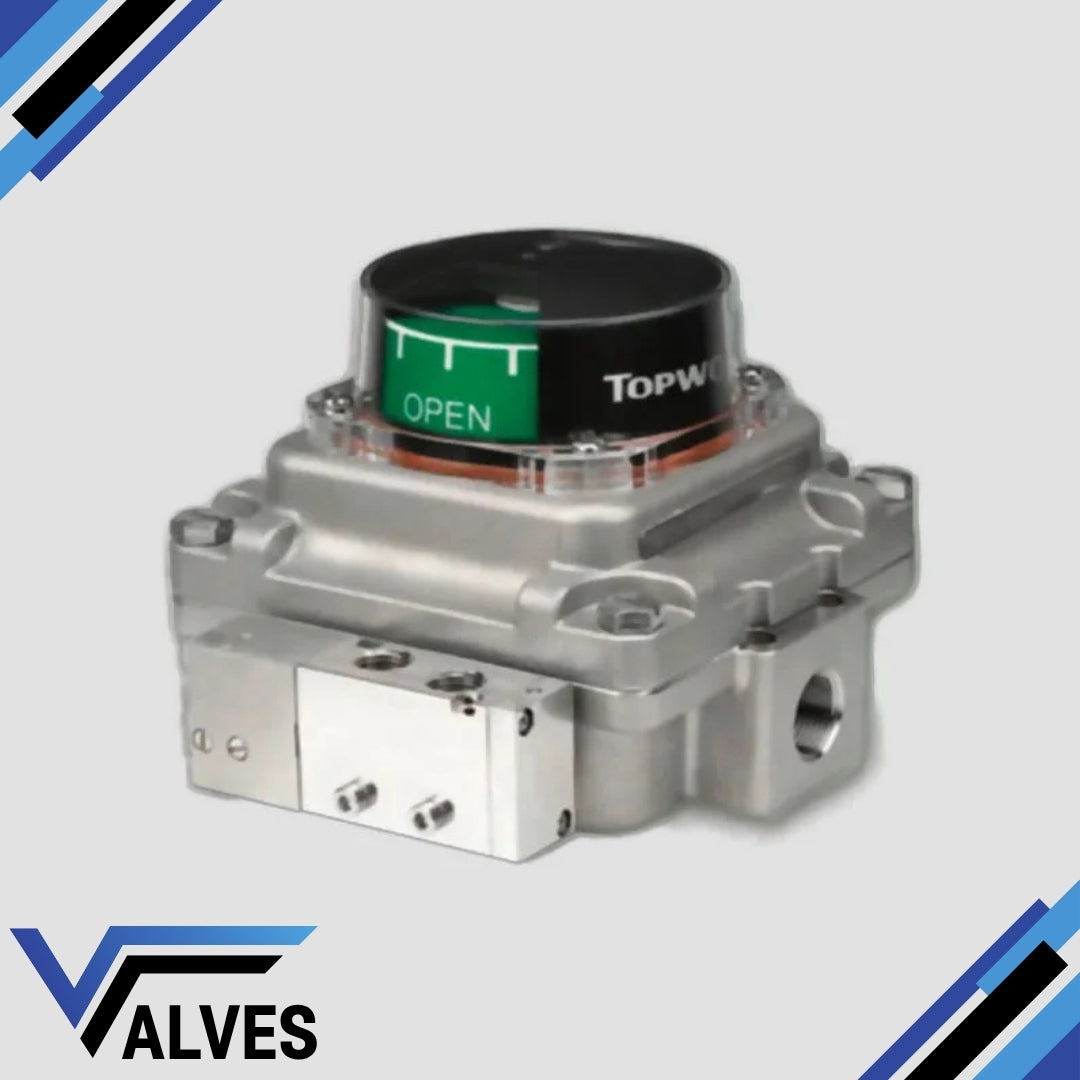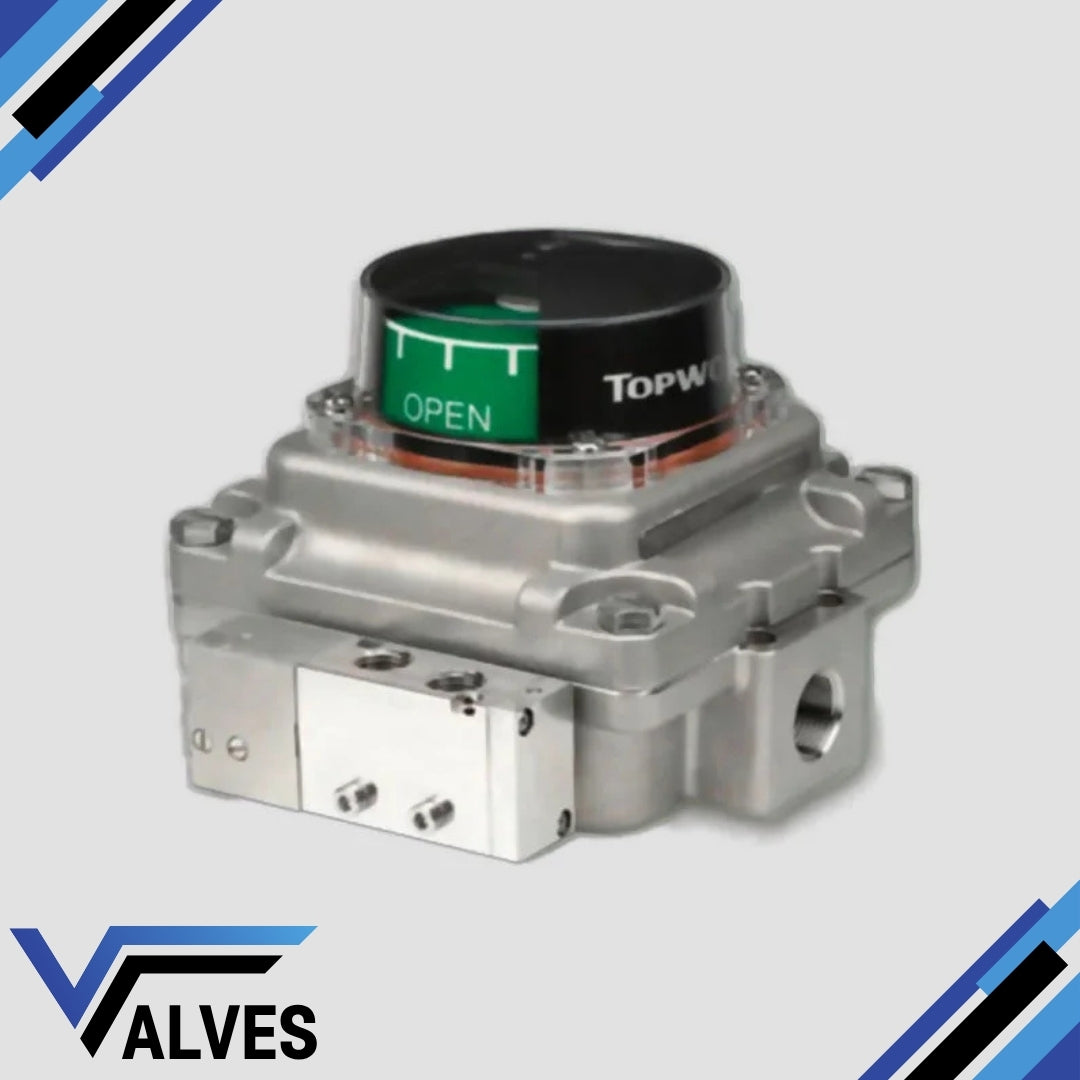Topworx Switchboxes
TopWorx Limit Switch Box TXS-0X1GNMM0000B Valve Monitor
TopWorx Limit Switch Box TXS-0X1GNMM0000B Valve Monitor
Couldn't load pickup availability
The TopWorx TXS-0X1GNMM0000B Valve Monitor is a high-performance switchbox designed for precise valve position monitoring in the most demanding environments. It offers reliable valve control and position sensing, ensuring that operations remain efficient and secure in hazardous areas. This model is part of the TX-Series, which is known for its robust construction and the ability to handle challenging process conditions like extreme temperatures and corrosive environments.
Key Features:
- Certified for Hazardous Locations: The TXS series complies with global hazardous area certifications including ATEX, IECEx, and UL, ensuring safe operation in explosive environments.
- Compact and Robust Design: Its direct-mount enclosure allows for easy installation in tight spaces, while maintaining durability and resistance to harsh conditions.
- Switch Options: Available with a variety of switch options, including mechanical and GO Switch technology, which provide fast and accurate feedback without power consumption.
- Network Compatibility: Supports multiple communication protocols, making it versatile for integration into different industrial systems.
- Wide Temperature Range: Suitable for extreme conditions, the TXS-0X1GNMM0000B operates in temperatures ranging from -40°C to 85°C.
Additional Information:
The TopWorx TXS Valve Monitor is ideal for use in industries such as oil and gas, chemical processing, and power generation. Its versatility extends to supporting on-off valve automation applications in remote or hazardous environments. Moreover, the mechanical design ensures low maintenance, increasing uptime and minimising operational costs. Optional integrated solenoid valves further enhance the control capabilities of the device.
Learn more here.
Share

FAQ's
What is the difference between a valve and an actuator?
What types of actuators are available?
The main types of actuators are:
Pneumatic actuators – use compressed air for fast, reliable operation.
Electric actuators – use electrical power for precise control.
Hydraulic actuators – use fluid pressure for high-torque applications.
Each type offers unique advantages depending on the environment, media, and system control needs.
How do I choose the right actuator for my valve?
To select the correct actuator, consider:
Valve type and torque requirement
Power source available (air, electric, or hydraulic)
Operating environment (temperature, humidity, hazardous area)
Control signal type (on/off or modulating)
Matching actuator torque and compatibility with the valve’s ISO mounting ensures reliable performance.
What are the main types of valves used in automation?
The most common valves in automated systems include:
Ball valves – for tight shutoff and quick operation.
Butterfly valves – for larger flow control with compact design.
Globe valves – for precise throttling and flow regulation.
Check valves – to prevent backflow.
Gate valves – for full bore flow isolation.
What’s the difference between a double-acting and spring-return actuator?
Double-acting actuators use air (or power) to both open and close the valve.
Spring-return actuators use air to open (or close) the valve, and a built-in spring to automatically return it to a safe position when power or air is lost — ideal for fail-safe operation.
How often should valves and actuators be serviced?
Regular maintenance intervals depend on operating conditions, but a good rule of thumb is to inspect every 6–12 months.
This includes checking for leaks, lubrication, seal wear, and actuator responsiveness to prevent unexpected downtime.

